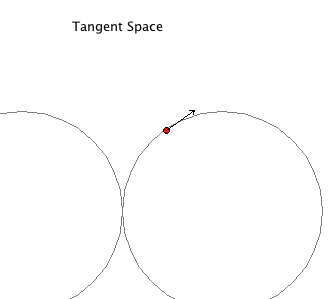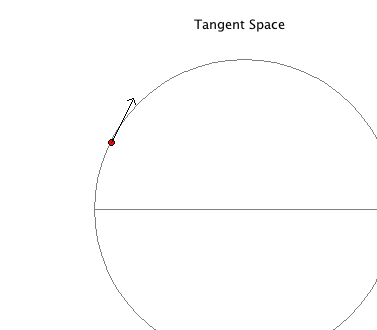
Contributors
Matt Begue, Dan Kelleher, Gabe Khan, and Diwakar Raisingh
Overview
The Strichartz hexacarpet is a fractal which can be obtained by repeated barycentric subdivisions of a triangle. This group examined properties of graph approximations and looked at analogous fractals obtained by subdivisions of higher dimensional triangles — n-simplexes. They studied properties of random walks on these fractals, obtaining heat kernel estimates and resistance factors. See also Random Walks on Barycentric Subdivisions and the Strichartz Hexacarpet Experiment. Math. Volume 21, Issue 4 (2012), 402-417.
Presentation
Random Walks on Barycentric Subdivisions and the Strichartz Hexacarpet

